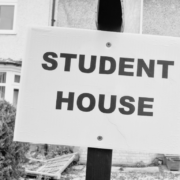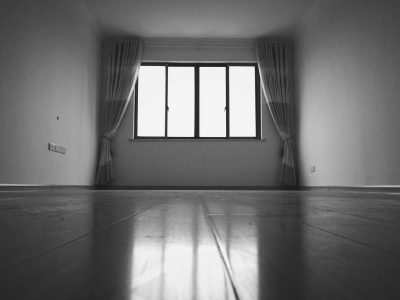When it comes to being a property investor, it can be tricky to know where to put your money. Choosing the right type of property and the right part of the country can sometimes feel like a gamble, not knowing what your income stream is likely to be or even whether you will be able to fill the property.
Student property investment is now seen a safe bet by many, with constant demand and surging rental yields.
That is why investing in student property has become so popular in recent years, but it still comes with its own set of costs that need to be considered.
The benefits of student buy-to-let property
Student housing was once thought of as nothing more than houses that had been split into bedsits in order to cram as many teenagers as possible into one small space.
They conjure up images of damp on the walls, stains on the carpet and draughty windows.
The students of the world no longer accept this as a way of living and now demand better standards for their living spaces.
Investors do still provide HMOs for students, but these need to be properly organised, with adequate space and facilities for each one.
Alternatively, it is now possible to invest in specially built apartments designed specifically for students. Each one provides private living accommodation alongside a whole host of other facilities including games rooms, courtyards and gyms.
These are proving incredibly popular with students, as they are usually located close to the universities and built to a high standard.
The students have everything they need under one roof, including a ready-made community and a good level of security. For an investor, this is great news, as it means the properties are always in demand.
There are no worries about filling the space each year as a new influx arrives annually, and they usually command high rental yields.
The universities which are amongst the highest ranked in the country are understandably often the cities where the greatest student rental yields can be found.
Cities with more than one university also see good rates of return as demand often outstrips supply.
House prices in those areas continue to grow as students continue to flock there year after year.
Whilst this makes the initial purchase price higher, the rental rates and resale values are also worth noting.
Student buy-to-let costs
A student buy-to-let property might seem like the goose that laid the golden egg, but there are still high levels of costs associated with it.
Many of these purpose-built properties have their own management teams to keep the place in good order and make sure it is safe, and investors will have to pay their share towards the cost of this.
One of the biggest costs with student property, aside from the initial purchase, is from wear and tear. Students are not well known for looking after their living space, and so you may find that you need to redecorate, replace furniture and fix repairs more often than in normal residential properties, and that can start to add up.
It is also recommended that you replace all mattresses at the start of every academic year.
Fabrics tend to suffer more wear than anything else, so investing in hard floors and blinds instead of carpets and curtains can sometimes be a more cost-effective option, even if the initial outlay is greater.
Student property will also need a thorough deep clean at the end of the academic year, so employing a specialist company to do this is usually easier, but again adds to your costs.
If you have decided to invest in the multiple occupancy model, then it is important to be completely up to date with HMO regulations, which include the need for a landlord license in many areas.
These can be as much as £500 plus costs.
You will also need added checks, such as electrical safety checks which will create further outlay, as will fines for any non-compliance of new regulations.
Whichever type of property you choose to invest in, you need to make sure it is up to standard.
Modern students, especially those from overseas, now expect a high standard of living including fibre broadband, central heating and security, so you will need to factor these into your costs.
Many property investors choose a property in the area that gives them the best returns and not necessarily the one that is local to them.
If you opt for a property that is not close by, you will need to give some thought as to how you will manage this. Most investors choose a letting agency that can handle maintenance, cleaning and rent collection on their behalf as well as promoting and advertising the property, but this is one more cost that you will need to add to your list.
Buying student property is not always cheap, and mortgage lenders are becoming wary of them. There are some who are not keen on student tenancies due to the increased risk, and so there may be added costs to the mortgage.
Students make the decision of which university they are going to early, which means that you will need to start advertising your tenancy in November if you wish to have it occupied in the following September.
This might mean a period of time where the property is empty and not bringing in an income while you prepare it.
Whilst there are costs involved in student property, these are still lucrative investment opportunities for most property investors.
Most students are reliable, and many pay (or their parents do) substantial amounts up front, which protects you from chasing unpaid rent.
It is also possible to set a higher bond than normal to cover many of the costs that might be incurred, so some expenditure can be clawed back.
Understanding the costs beforehand helps investors to manage their expectations and know what profits they can realistically expect to enjoy.
Author: Mark Burns, Managing Director of Pure Investor.
























Comments